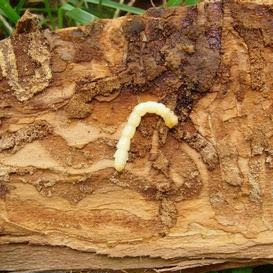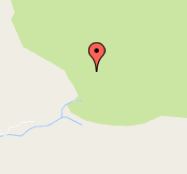
What Are Invasive Species?
Invasive species--such as spotted lanternfly, feral swine, wavyleaf grass, and the emerald ash borer--damage forests, grasslands, marshes, and farmlands. They may also cause harm to humans. Invasive species are non-native weeds, insect pests and other organisms introduced intentionally or accidentally by people who move them from their native range.
In the United States, economists estimate that more than $120 billion are lost annually to damages associated with invasive species. Invasive species threaten native plants and animals and their habitat in forests, marshes, and other natural areas.
See the current Virginia Invasive Species Management Plan here >>
 Learn more about invasive species that threaten Virginia here >>
Learn more about invasive species that threaten Virginia here >>
 Report and map your discovery of invasive species here >>
Report and map your discovery of invasive species here >>
 Virginia Invasive Species
Virginia Invasive Species